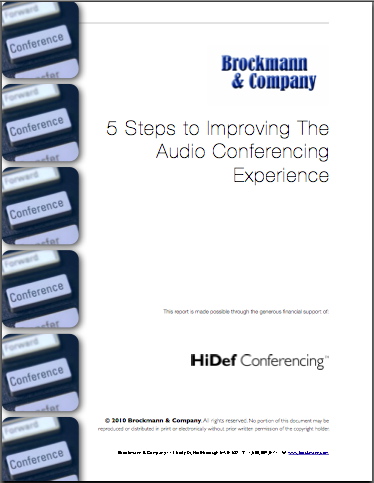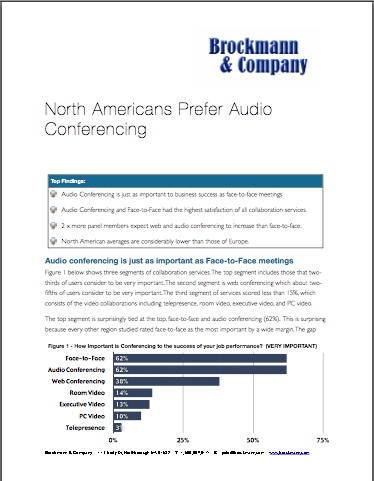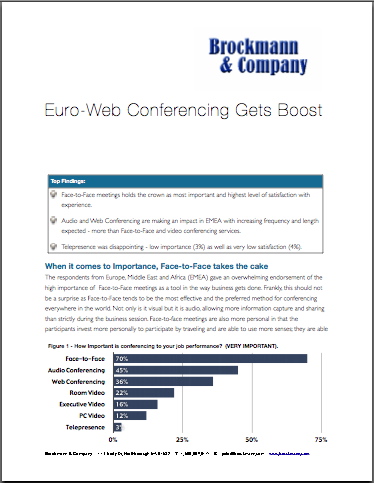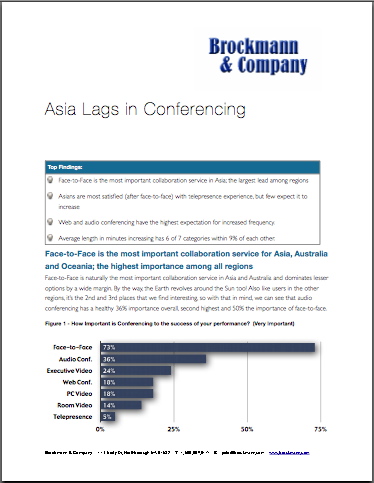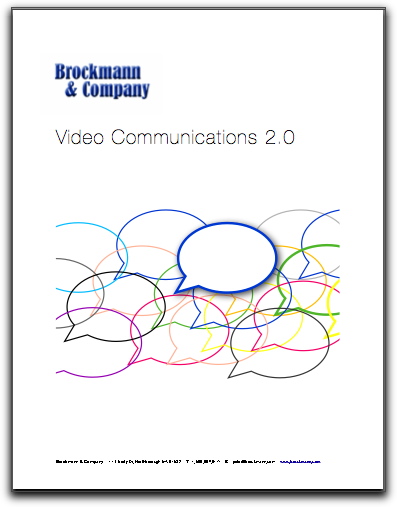 It is often useful to revisit research conclusions and periodically assess and compare the results of a currently constituted panel with the views and experiences of those in by-gone days. In this report, we set the goal to accomplish exactly that, and have managed to glean some excellent trend and experience data that confirms our original observations.
It is often useful to revisit research conclusions and periodically assess and compare the results of a currently constituted panel with the views and experiences of those in by-gone days. In this report, we set the goal to accomplish exactly that, and have managed to glean some excellent trend and experience data that confirms our original observations.
Generally this kind of comparison is complicated by the sampling of two different audiences, some years apart. These variations make it difficult to reach any substantial conclusions, except when the panels are somewhat consistent in corporate responsibilities, organizational size and geographical footprint.
Despite the fact that only 5% of respondents in the Video 2.0 panel of 2009 also participated in The Perfect Storm panel of 2007, we have managed to demonstrate a particularly consistent demographic across these two panels. This report on the views and experiences of the Video 2.0 panel shows that the investments in video communications endpoints, networks and services have worked to greatly improve user satisfaction, leading to more frequent usage, particularly in room video communications sessions. It is not clear whether higher usage leads to higher satisfaction or the other way around. What is clear, is that corporate directives requiring pre-approval for business travel work to increase consumption of video communications services in lieu of business travel. And it is clear that a positive experience may work to maintain and even increase that frequency in the coming years as expected by 90% of the panel, regardless of the administrative constraints on business travel.
Video communications continues to be a contributor to higher business performance as measured by higher customer satisfaction, higher employee satisfaction and corporate strength in financial measures.




